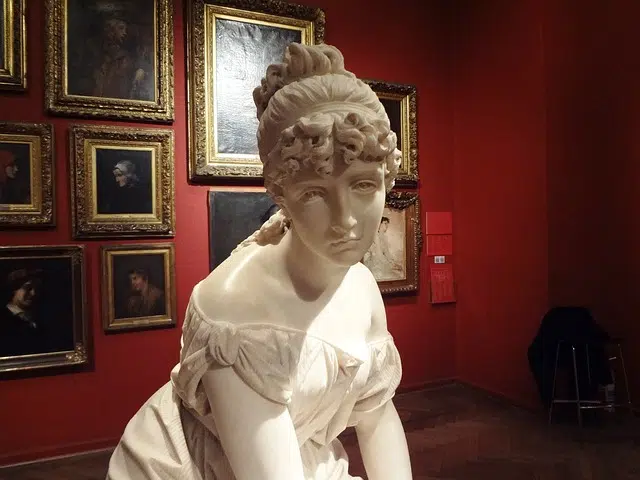
Sculpture and painting are part of the fine arts.
The set of disciplines that pursue the expression of beauty is known as fine arts . Music, sculpture and painting are part of this group, which began to be considered in this way from the 18th century onwards.
It can be said that fine arts appeal to the search for beauty , the use of aesthetics and the mastery of technique . The Frenchman Charles Batteux , in a book he published in 1746 , was the first to use the term fine arts. For him, music , sculpture , painting , dance , poetry , eloquence and architecture were part of the fine arts.
The concept of fine arts throughout history
Over the years, the list has mutated according to the conception of different theorists. Eloquence , for example, is no longer considered one of the fine arts. On the other hand, cinema is often called the seventh art .
Currently, the notion of fine arts is used mainly in institutions , associations and museums that are oriented to the plastic arts. In this way, music , dance and poetry are no longer usually linked to this idea.
A widely used classification indicates that the fine arts are the higher arts : the disciplines that can be appreciated through hearing or sight , without the need to establish direct physical contact. Starting from this premise, it is established that the fine arts or higher arts are architecture, sculpture, dance, painting, music, literature as well as cinema and theater.
On the other hand, the minor arts are captured by touch, smell and taste. Perfumery and gastronomy enter this group.

Many museums focus on fine arts.
The notion in museums and education
In addition to everything indicated, we cannot ignore the existence of numerous museums that bear the “last name” of Fine Arts. Among the most relevant we can highlight the Museum of Fine Arts of Seville. This place, which is considered to be one of the largest and most important art galleries in Spain, has its origins in the first half of the 19th century.
Specifically, this museum is a great proposal to discover not only 19th century Andalusian painting but, above all, Sevillian baroque painting. And its collection includes spectacular works by Valdés Leal, Bartolomé Esteban Murillo and Francisco de Zurbarán. Among his most important works are “Don Cristóbal Suárez de Ribera” by Velázquez or the “Inmaculada Concepción Grande” by the aforementioned Murillo.
Within the educational field, we have to expose the existence in Spain of what is known as a Fine Arts degree. Through it, it is achieved that the student can train as a plastic artist as well as a professional in design and new technologies. In this way, you will acquire knowledge and develop your artistic skills that can lead you to become an important artist in the world of photography, painting, sculpture, drawing, comics, video, video games...
